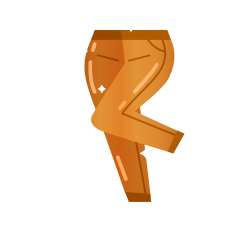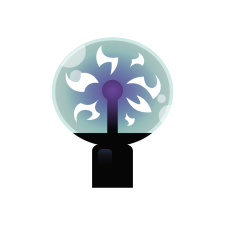Εγκατάσταση Steam
Σύνδεση
|
Γλώσσα
简体中文 (Απλοποιημένα κινεζικά)
繁體中文 (Παραδοσιακά κινεζικά)
日本語 (Ιαπωνικά)
한국어 (Κορεατικά)
ไทย (Ταϊλανδικά)
Български (Βουλγαρικά)
Čeština (Τσεχικά)
Dansk (Δανικά)
Deutsch (Γερμανικά)
English (Αγγλικά)
Español – España (Ισπανικά – Ισπανία)
Español – Latinoamérica (Ισπανικά – Λατινική Αμερική)
Français (Γαλλικά)
Italiano (Ιταλικά)
Bahasa Indonesia (Ινδονησιακά)
Magyar (Ουγγρικά)
Nederlands (Ολλανδικά)
Norsk (Νορβηγικά)
Polski (Πολωνικά)
Português (Πορτογαλικά – Πορτογαλία)
Português – Brasil (Πορτογαλικά – Βραζιλία)
Română (Ρουμανικά)
Русский (Ρωσικά)
Suomi (Φινλανδικά)
Svenska (Σουηδικά)
Türkçe (Τουρκικά)
Tiếng Việt (Βιετναμικά)
Українська (Ουκρανικά)
Αναφορά προβλήματος μετάφρασης








































Thanks in advance.
1. Nope.
2. There's a thread on a memory leak, might be a similar issue, but also might be separate, since the game survived hundred strong reload stress tests with normal stages. Will take a look.
3. It could be interesting, but probably won't happen too soon.
2. Are you aware of what I suspect to be a memory leak that happens when editing a large stage after playtesting it?
3. Are there any plans to add more tiles, props, and enemies?
https://hastebin.com/share/onayoyuhec.ruby
---------------------------
An error has occurred while parsing the background file:
{ longMessage : "ERROR in
action number 1
of Other Event: User Defined 15
for object obj_control:
JSON parse error
at gml_Script_bg_custom_try_load
", script : "gml_Script_bg_custom_try_load", stacktrace : [ "gml_Script_bg_custom_try_load (line -1)","gml_Script_custom_stage_try_apply_custom_background","gml_Object_obj_control_Other_25","gml_Object_obj_control_Alarm_7 (line -1)" ], line : 0, message : "JSON parse error" }
---------------------------
This is for the levelname_0.vlb file. It does this even if there's nothing in the file or using the template provided.